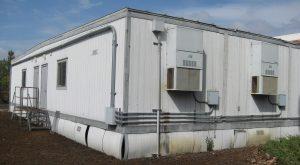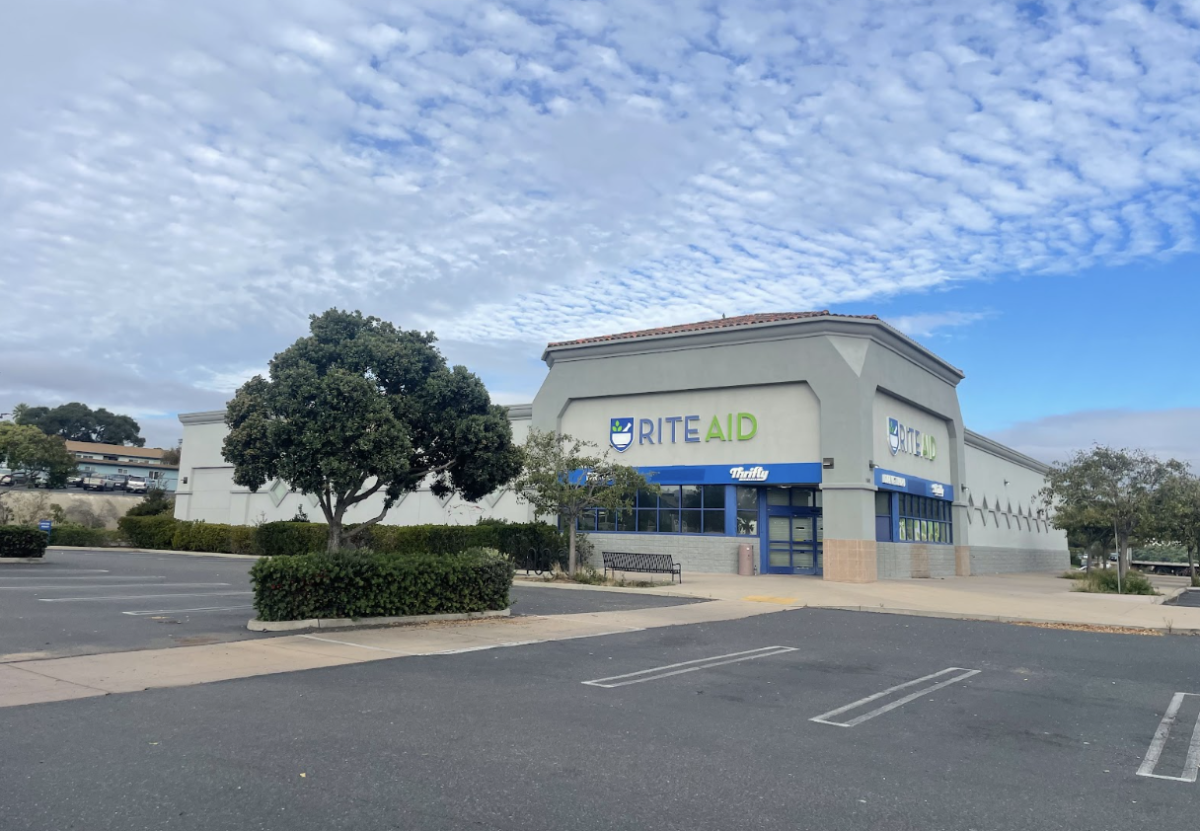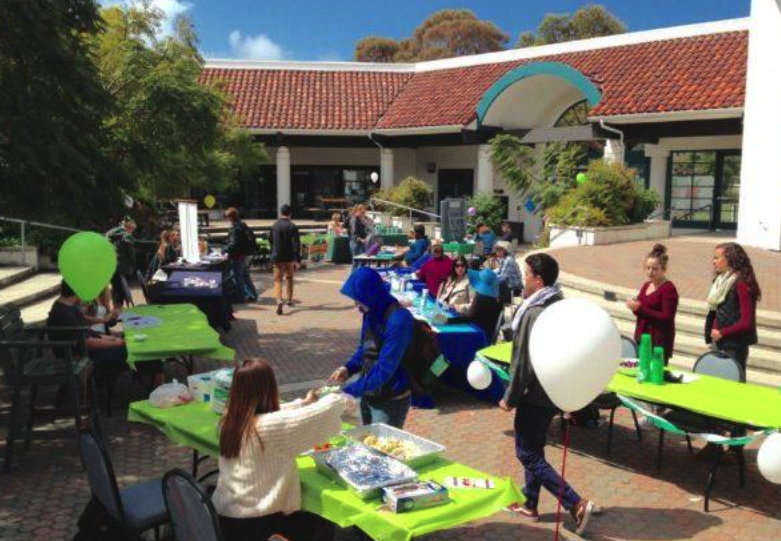
By Cliff Mathieson
Managing Editor
Eighteen Cuesta buildings must be demolished or retrofitted by September 2015 or the college will be in violation of a state education code.
That means well over 60,000 square feet of classes, departments and offices need to be given a new home in the next year and a half. The main obstacle in the way of accomplishing this feat is that “we just can’t afford it,†according to Vice President of Administrative Services Toni Sommer.
Cuesta’s administration has a plan for getting the money to solve this problem: a local bond.
The school is exploring the viability of putting a bond measure on the ballot as early as next fall that could potentially give the school $350 million, more or less, allowing Cuesta to build new buildings and retrofit some of the old ones. In this scenario, the problem of dislocated students and faculty would be solved.
If the bond fails, Cuesta will have to get a little more creative with its solution—for instance, trailers.
“We would look at true temporary facilities such as single-wide, 60-foot facilities that we’re putting in the parking lot, in the dirt,†said Cuesta’s director of facilities services and construction, Terry Reese. “It would be an extreme measure.â€
The school has not succeeded in passing bonds in the recent past. It is one of five California districts that is not supported by a bond. The last bond measure the school passed was for $8.5 million in 1974. Cuesta’s latest attempt, a 2006 measure for $310 million, was rejected by voters.
Toni Sommer heads a task force that is currently working to make sure that this bond will not suffer the same fate as the 2006 measure.
The bond task force is doing focus groups and surveys to find out what voters would support.
They are also trying to reach a “list of 1,000†influential people on campus to spread the word of Cuesta’s dire need for a bond.
As it stands now, it looks like the bond will provide funding for four new buildings, repairs of failing buildings, bringing the school’s technology up to date and “retiring old debt,†which means paying back money that the school has borrowed for past renovations.
This list is subject to change based on what the district finds to be most appealing to potential voters.
“It’s called the potential bond list,†Reece said. “It basically spells out exactly the opposite of 2006. In 2006 we had $180 to $200 million in new buildings and we had $40 million in renovations. It was, oh my God, it was huge.
“You’ll see that what’s being put forward [for the 2014 bond] is literally what it simply takes to keep the district going,†Reece said.
At presentations around campus, Sommer stressed using the bond money to build goodwill with voters for future bond campaigns.
“Bonds are something that we’re going to have to have. And so this bond is important, not only how we do the campaign, but how we implement it,†Sommer said.
“We have to show good stewardship,†she said. “Because if nothing else, I guarantee to you, weather we win or lose, we will be going out for a bond again and we have to prove that good stewardship.â€














